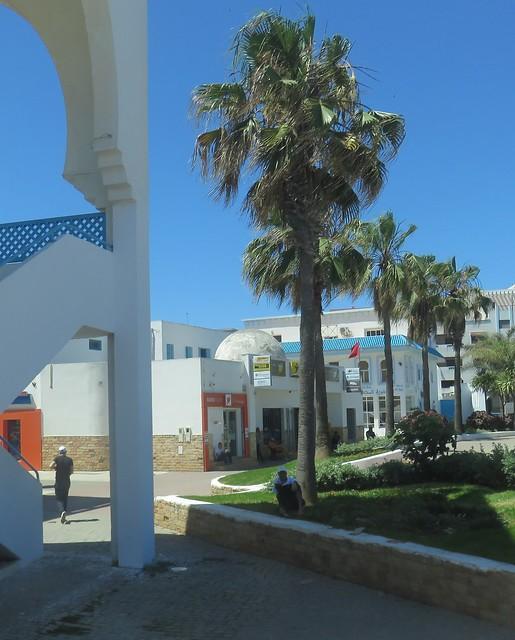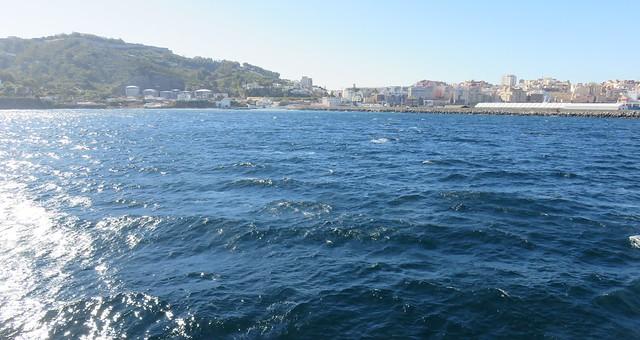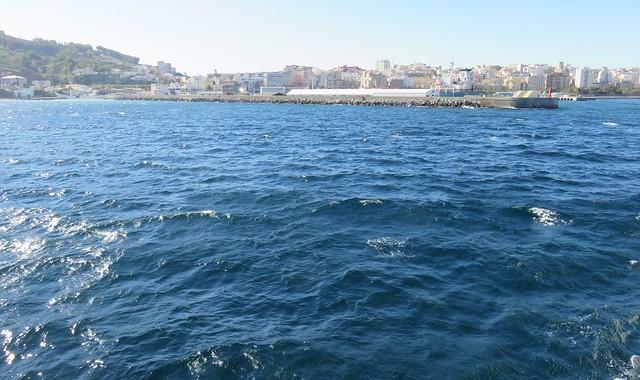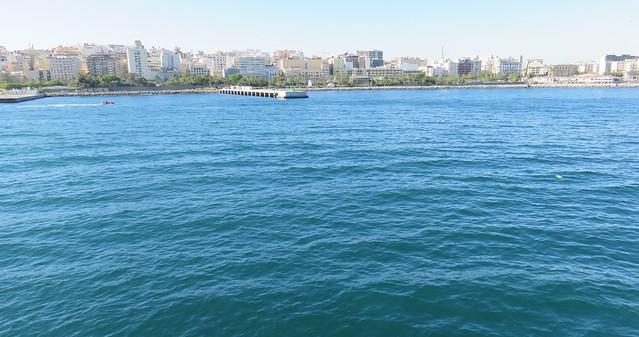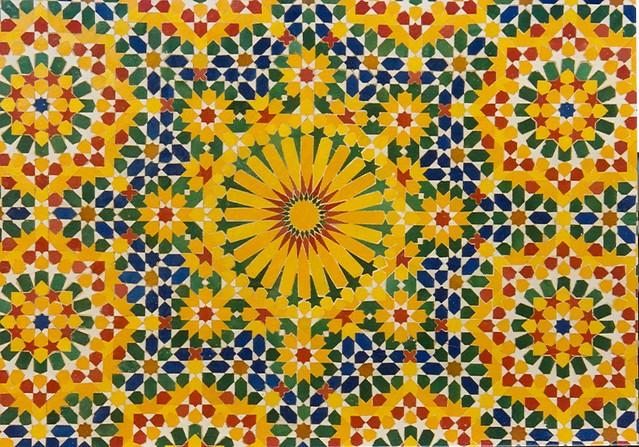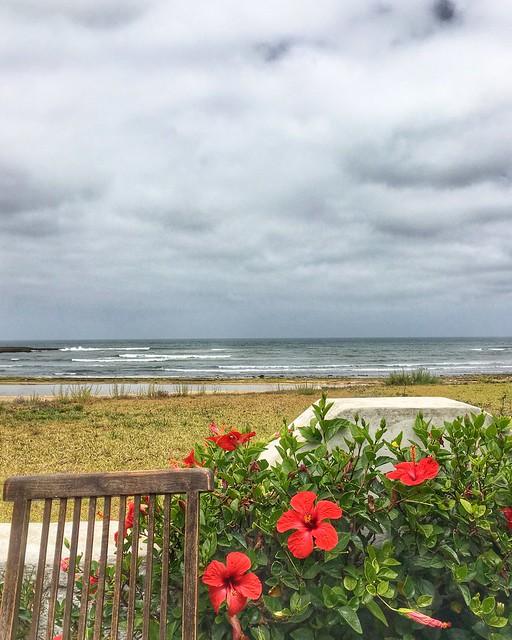M’diq-Fnideq
Overview
Overview of M’diq-Fnideq, Morocco
M’diq-Fnideq is a charming province located in the northern part of Morocco, along the Mediterranean coast. This region is known for its vibrant blend of cultures, with influences from both Mediterranean and Moroccan traditions. M’diq, a popular town within the province, is famous for its beautiful beaches and bustling seaside promenade. Meanwhile, Fnideq is known for its markets and proximity to the Spanish enclave of Ceuta, adding a unique cross-cultural flavor. The area is steeped in history, with remnants of old fortifications and a melting pot of Andalusian, Berber, and Arabic influences evident in its architecture, cuisine, and local customs.
Tourist Season and Activities
The high season for tourism in M’diq-Fnideq is during the summer months, from June to August, when the weather is typically warm and sunny, making it perfect for beach activities. Temperatures range from 22°C to 28°C (72°F to 82°F), ideal for swimming, sunbathing, and water sports. During this peak season, the area comes alive with tourists and locals alike enjoying the coast. Popular activities include jet skiing, boating, and enjoying the local seafood delicacies at beachfront restaurants. Cultural festivals and music events are also common during the summer, providing a glimpse into the local traditions and vibrant community spirit.
Preparation for Travel
Before visiting M’diq-Fnideq, travelers should prepare adequately to ensure a smooth and enjoyable trip. It is advisable to book accommodations in advance, especially if traveling during the high season, as hotels and rentals can fill up quickly. Understanding basic Arabic or French phrases can be helpful, as these are the predominant languages spoken in the area. Currency exchange into Moroccan Dirhams (MAD) is essential, and carrying cash is recommended, especially for shopping in local markets. Lastly, packing should include beach essentials such as swimwear, sunscreen, and hats, along with appropriate attire for visiting religious sites and cooler evenings.
How It Becomes to This
History not available

You May Like
Explore other interesting states in Morocco


